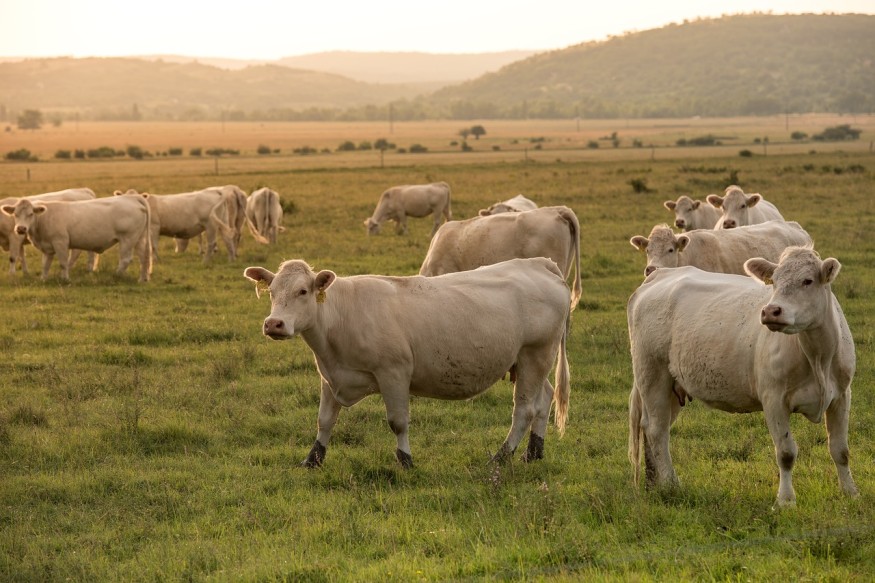Rotational grazing is a practice that is being resisted by livestock producers because the cattle ranchers say labor and water are barriers to the practice.
The practice of rotational grazing
Rotational grazing involves "rotating" the livestock into various paddocks and pastures in order to prevent some parasitic diseases, minimize overgrazing of the vegetation, and utilize forage more fully.
However, in spite of the incentives given out by the conservation program of the USDA or US Department of Agriculture, many ranchers have stopped adopting this practice.

The problem of labor and water
Recently, a survey of North and South Dakota livestock producers was conducted under a 500,000-dollar project of the USDA National Institute of Food & Agriculture. This project was spearheaded by Tong Wang, an assistant professor of the South Dakota State University Ness School of Management & Economics.
The results of the survey showed that ranchers who do not practice rotational grazing said that labor and water were the main obstacles to their adoption of this practice.
According to Wang, the ranchers who opted for rotational grazing thought that barrier was less challenging than adopting the practice. However, even these ranchers said that their greatest challenge was to have enough water to supply the paddocks. In order to do this, solutions included manual hauling of water to every paddock or opting to install pipelines.
The disadvantage of continuous grazing
Wang says that continuous grazing, or letting livestock graze only one pasture for an entire season, will cause the animals to eat only the best grasses and leave the rest uneaten.
According to Wang, continuous grazing causes inefficient utilization of grasses. It may deplete the best plants and forage and cause weeds to invade the pasture and expand bare ground.
The advantage of rotational grazing
According to the survey results, over half of ranchers, or 356 out of the 549 respondents, who adopted rotational grazing were already practicing it for several decades. It benefited them and their animals by improving water and soil quality and increasing their profits.
Over 84% of these producers have adopted rotational grazing for at least a decade. Meanwhile, almost 11% adopted the practice for five to nine years now, and less than five percent only practiced it for less than five years.
Conservation programs
Conservation programs of the USDA encourage ranchers to adopt rotational grazing by giving incentives such as loans with low interest and cost sharing. Wang said this helps them cover fencing and water expenses.
Encouraging ranchers to adopt the practice
Several factors influence farmers' acceptance of rotational grazing. Those who are mainly cattle raisers are usually more interested; crop farmers are less inclined to adopt it.
Land ownership is also a factor. Land owners may refuse to alter the landscape, while renters may be hesitant to invest so much in the land that is not theirs.
Thus, Wang said that all in all, farmers who owned land with better soil and those who have more grazing land were more likely to adopt rotational grazing.
Strategies to increase adoption of the practice
Wang has a new approach that may increase adoption. Producers who already practice rotational grazing may be role models for others. Their lands could serve as demonstration farms.
In addition, Wang wants to conduct workshops and webinars for cattle ranchers to attract new practitioners of rotational grazing and to encourage livestock producers to look at the benefits - increased profits, better forage, and better stocking rates - that will outweigh the changes that need to be made.
Check out more news and information on Rotational Grazing on Nature World News.
© 2025 NatureWorldNews.com All rights reserved. Do not reproduce without permission.





